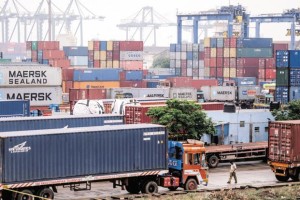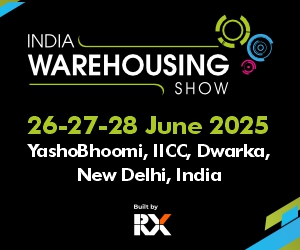Much of the conventional wisdom about the reasons for India’s relatively high logistics costs is simply wrong
The third myth is that to cut logistics costs, the focus should be on major commodities, such as coal and steel. The reality is that streamlining the agricultural value chain matters more.
McKinsey estimates that coal and steel account for about 12-16% of India’s total logistics costs; the figure for agriculture is about 25%. Moreover, inefficiencies in the agricultural supply chain, such as improper transportation and storage, are rife, leading to wasted food and quality control problems. There is a great deal of room for improvement in warehousing and storage. Refrigerated trucks, for example, aren’t all that useful if the warehouses at either end don’t have cold storage.
The fourth myth is that the major issue with road transport is the poor quality of roads and trucks. The reality is that the quality—and number—of Indian drivers is more important.
Roads carry more than 60% of India’s cargo and account for the majority of the total logistics costs; they therefore have the most potential to unlock savings. Many of India’s roads and trucks could be in better condition, of course, but benchmarking studies comparing India to other developing economies have found that the unit economics are not too bad. It is the scarcity of skilled drivers that is the bigger problem.
India’s ministry of road, transport and shipping estimates suggest a 22% shortage in the number of commercial drivers. Coupled with the low skill level of many commercial drivers, that means more delays and more damages—the root cause of the high indirect costs. Improving roads and truck quality without solving this issue will result in a very low return on investment.
Logistics firms are beginning to address this issue by opening driver training schools, boosting wages and benefits, investing in their drivers’ skills, using on-board sensors to monitor driving patterns, and then giving real-time feedback.
In some respects, India does well. The World Bank ranked it 35th (out of 160 countries) in its most recent Logistics Performance Index, which concentrates on trade-related factors, up from 54 in 2014. India was the top performer among lower middle-income countries. All too often, though, India falls short of excellence. Doing better requires looking at the logistics system from beginning to end, just as companies experience it, and then strengthening each link. For that to work, it’s best to clear away the myths first.
Courtesy:LiveMint





